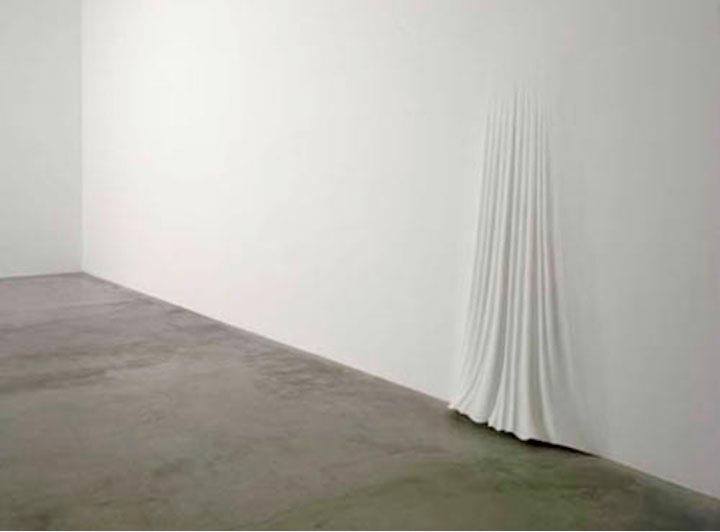The Fold

Organized by EnsadLab and ESPCI in Paris, on September 20th & 21th.
The conference “The Fold”, taking place at Paris, 20-21 September, 2016, aims to bring together two different disciplines: Mechanics and morphogenesis of (bio)-materials on the one hand and Philosophy on the other hand, in order to explore the interconnections and the possible influences that these two disciplines might have on each other while approaching the related subjects.
On the one hand, self-folding materials, such as leaves, seedpods and skin of drying peas – but also the brain, which has as a folded structure – are abundant in nature. Self-folding is usually caused by mechanical instabilities or growth processes, which impose conditions on the shape of the material. Folding therefore appears as a form of adaption to growth processes: during the process of morphogenesis, the surface must adapt both to changing environmental conditions as well as changing inner conditions.
On the other hand, several Philosophers (Derrida, Deleuze, Heidegger) take the fold as a paradigm for a continuing state of change, which opposes to be symbolized. If one considers the DNA as a metaphor for a code of four letters, then implementing this metaphor is an act of symbolization, by claiming that every aspect of the growth of the matter can be reduced to the interrelations between these symbols. Deleuze argues that matter cannot be reduced to a representation via a set of letters, as this would be a form of reductionism, ignoring the complexity of the folded, growing form. Against that conception, one might suggest that if matter is indeed inherently codified, than this code always has a variety of meanings: i.e. the code itself might be responsible for several operations, in several structural levels. Hence, the code itself, one might say, is “folded”: the code dynamically operates in several levels in the material itself. The metaphoric understanding of the folded code is reflected through the folded structure of the matter itself and vice versa.
Although it might seem that these two disciplines are quite apart from each other, we aim to show that both of them deal with the same object but with a different set of tools, with the hope that the mutual exchange of ideas would lead also to breakthroughs in both disciplines.
Invited participants
* Vincent Bontems (Laboratoire des Recherches sur les Sciences de la Matière, Paris)
• Catherine Malabou (Kingston University, London)
• James Weaver (Massachusetts Institute of Technology, Cambridge, MA)
• Stephane Douady (Matière et Systèmes Complexes, Paris Diderot)
• Samo Tomšič (Humboldt University, Berlin)
• Arezki Boudaoud (Reproduction et Développement des Plantes, École normale Supérieure, Lyon)
• Martine Ben Amar (Laboratoire Physique Statique de l’Ecole Normale Supérieure, Paris)
• Vincent Bontems (Laboratoire des Recherches sur les Sciences de la Matière, Paris)
• Patirica Ribault (Humboldt University, Berlin)
• Angelika Seppi (Humboldt University, Berlin)
• Rivka Elbaum (Hebrew University, Jeruesalem)
• Wolfgang Schäffner (Humboldt University, Berlin)
Practical information
The workshop will take place in two institutes in Paris
• on the 20th at ENSAD, (to be confirmed), 31 rue d’Ulm, 75005 Paris
• on the 21th at ESPCI, amphiteatre Holweck, 10 rue Vauquelin, 75005 Paris
Organization
• Peter Fratzl (MPI of Colloids and Interfaces, Potsdam)
• Michael Friedman (Humboldt University, Berlin)
• Benoît Roman (MePhy ESPCI, Paris)
• Dominique Peysson (EnsAD, Paris)



















